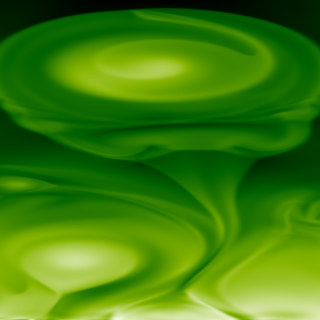Bibcode
Solomon, J.; Guennou, C.; Buchlin, E.; Bocchialini, K.; Auchère, F.; Froment, C.
Bibliographical reference
The Astrophysical Journal, Volume 807, Issue 2, article id. 158, 22 pp. (2015).
Advertised on:
7
2015
Journal
Citations
71
Refereed citations
69
Description
Quasi-constant heating at the footpoints of loops leads to evaporation
and condensation cycles of the plasma: thermal non-equilibrium (TNE).
This phenomenon is believed to play a role in the formation of
prominences and coronal rain. However, it is often discounted as being
involved in the heating of warm loops because the models do not
reproduce observations. Recent simulations have shown that these
inconsistencies with observations may be due to oversimplifications of
the geometries of the models. In addition, our recent observations
reveal that long-period intensity pulsations (several hours) are common
in solar coronal loops. These periods are consistent with those expected
from TNE. The aim of this paper is to derive characteristic physical
properties of the plasma for some of these events to test the potential
role of TNE in loop heating. We analyzed three events in detail using
the six EUV coronal channels of the Solar Dynamics
Observatory/Atmospheric Imaging Assembly. We performed both a
differential emission measure (DEM) and a time-lag analysis, including a
new method to isolate the relevant signal from the foreground and
background emission. For the three events, the DEM undergoes long-period
pulsations, which is a signature of periodic heating even though the
loops are captured in their cooling phase, as is the bulk of the active
regions. We link long-period intensity pulsations to new signatures of
loop heating with strong evidence for evaporation and condensation
cycles. We thus simultaneously witness widespread cooling and TNE.
Finally, we discuss the implications of our new observations for both
static and impulsive heating models.
Related projects

Numerical Simulation of Astrophysical Processes
Numerical simulation through complex computer codes has been a fundamental tool in physics and technology research for decades. The rapid growth of computing capabilities, coupled with significant advances in numerical mathematics, has made this branch of research accessible to medium-sized research centers, bridging the gap between theoretical and
Daniel Elías
Nóbrega Siverio